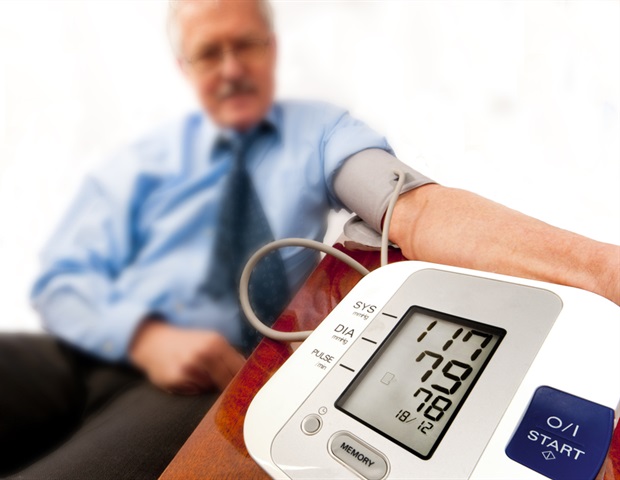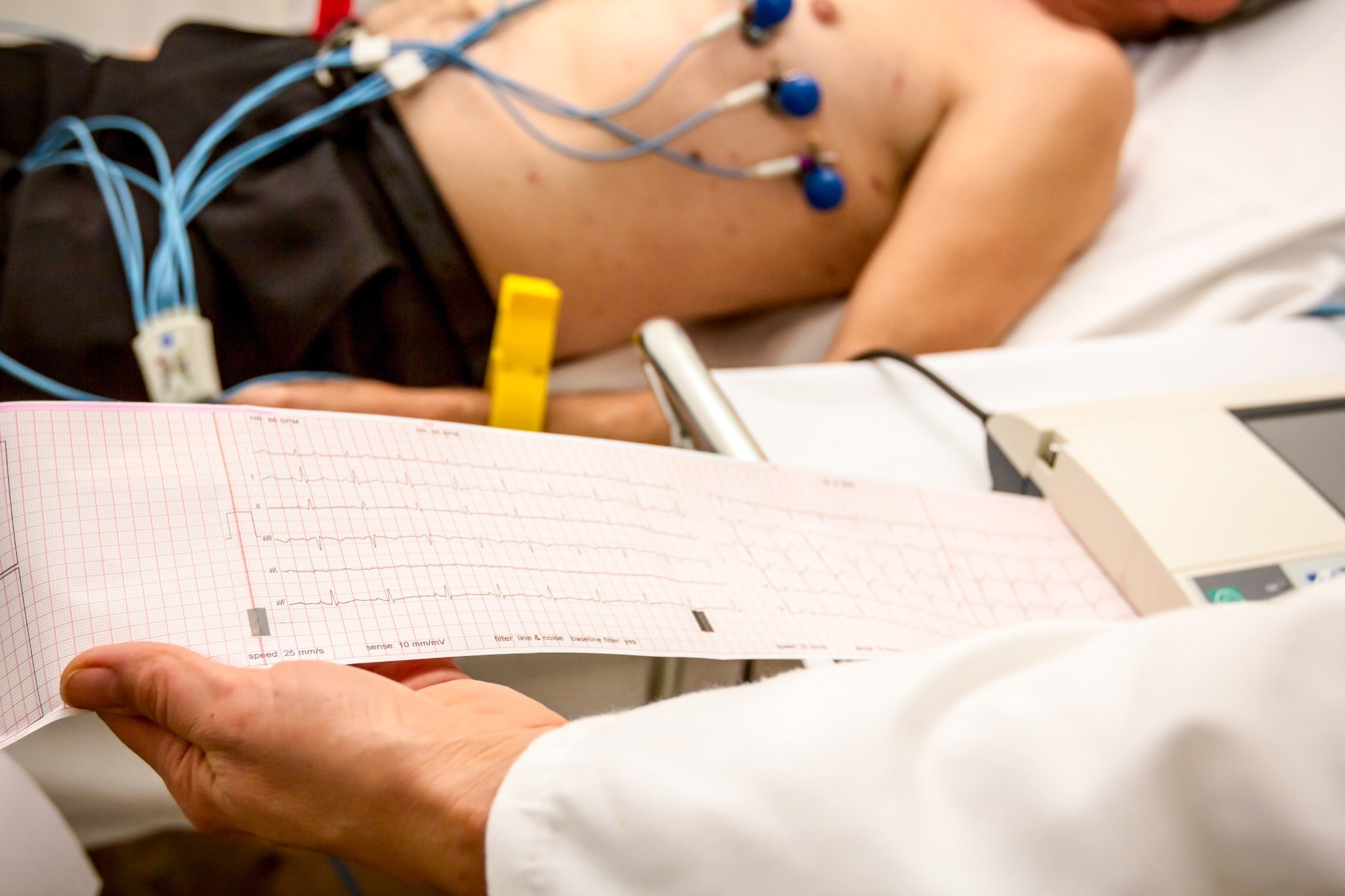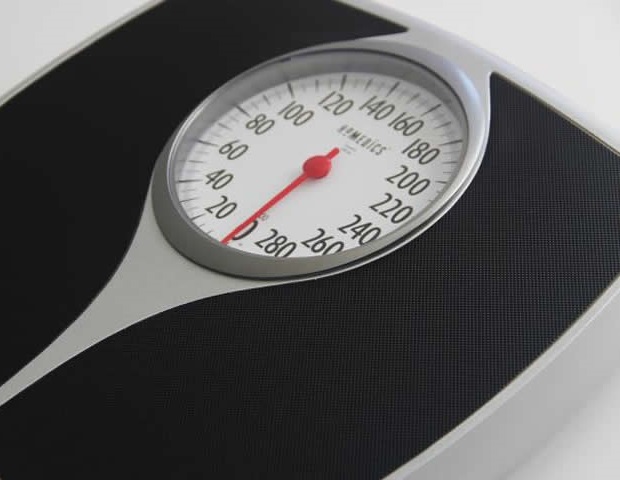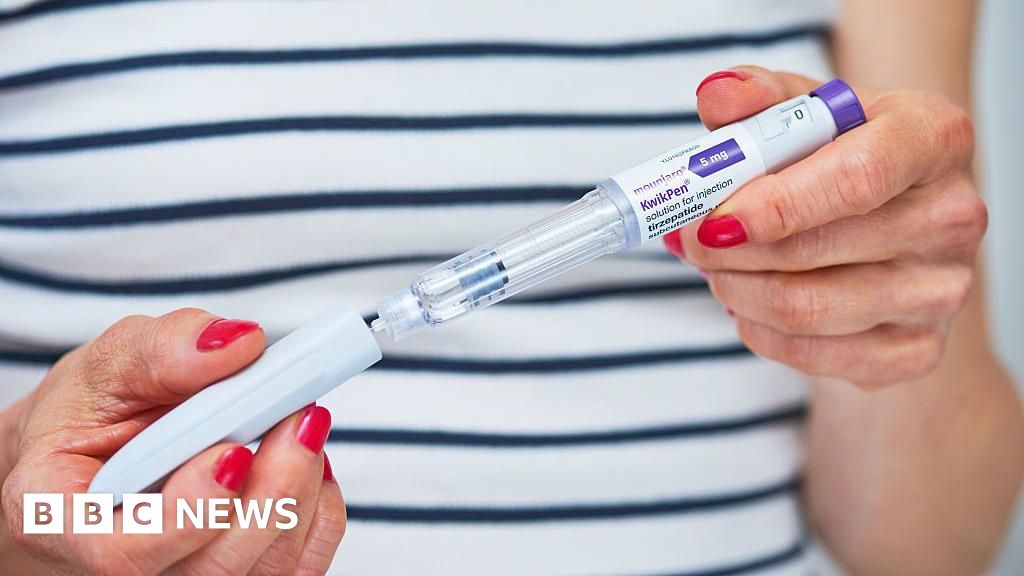Exercise Key to Preventing Type 2 Diabetes, New Study Suggests

A man stretches during a morning exercise session at a park in Beijing on June 18, 2009. — Reuters
The worldwide surge in Type 2 diabetes cases presents a significant public health challenge, currently affecting over 6% of adults. This figure is forecasted to climb to approximately 7% by the year 2030, underscoring the urgency of addressing this growing epidemic.
The World Health Organization (WHO) emphasizes that Type 2 diabetes is largely preventable. Essential strategies for prevention include maintaining a healthy weight and engaging in regular physical activity. Both of these measures play a crucial role in averting the onset of prediabetes, which is characterized by elevated blood sugar levels and insulin resistance. If left unchecked, prediabetes can progress to Type 2 diabetes, which carries severe health risks.
A recent study published in Cardiovascular Diabetology – Endocrinology Reports adds substantial evidence to the argument that regular exercise is vital in reducing the likelihood of developing Type 2 diabetes. The research indicates that participating in just over two hours of exercise each week can significantly aid individuals diagnosed with prediabetes, offering them a pathway to reverse their condition and stave off the progression to full-blown diabetes.
Dr. David Cutler, a board-certified family medicine physician at Providence Saint John’s Health Centre in Santa Monica, CA, who was not part of the study, shared his insights during an interview with Medical News Today. He pointed out, “The health impact of having diabetes is profound. There is increased risk of almost every category of disease: heart attack, stroke, kidney failure, vascular disease, blindness, and infection. These ailments lead to earlier death and markedly impaired quality of life before death for diabetics. While prediabetes carries little of these increased risks, it is a warning because we know that 25–50% of prediabetics will develop diabetes. So, the smart thing to do is prevent prediabetes or reverse it if it is already present.”
Engaging in over 150 minutes of physical activity each week has been shown to significantly enhance the chances of reversing prediabetes, making individuals four times more likely to achieve normal blood sugar levels. Dr. Cutler noted, “The study clearly reinforces what physicians have been telling patients for a long time: Diet, weight control, and exercise are the key ingredients to a long and healthy life. And now you can have a concrete target to shoot for: 150 minutes of exercise per week.”
Additionally, researchers identified that maintaining HbA1c levels below 6.0% is crucial for improving the likelihood of reversing prediabetes. This finding further underscores the importance of monitoring blood sugar levels and making lifestyle adjustments to promote long-term health.




























